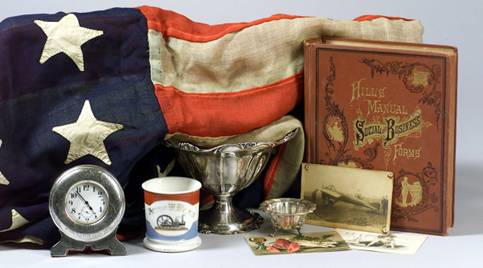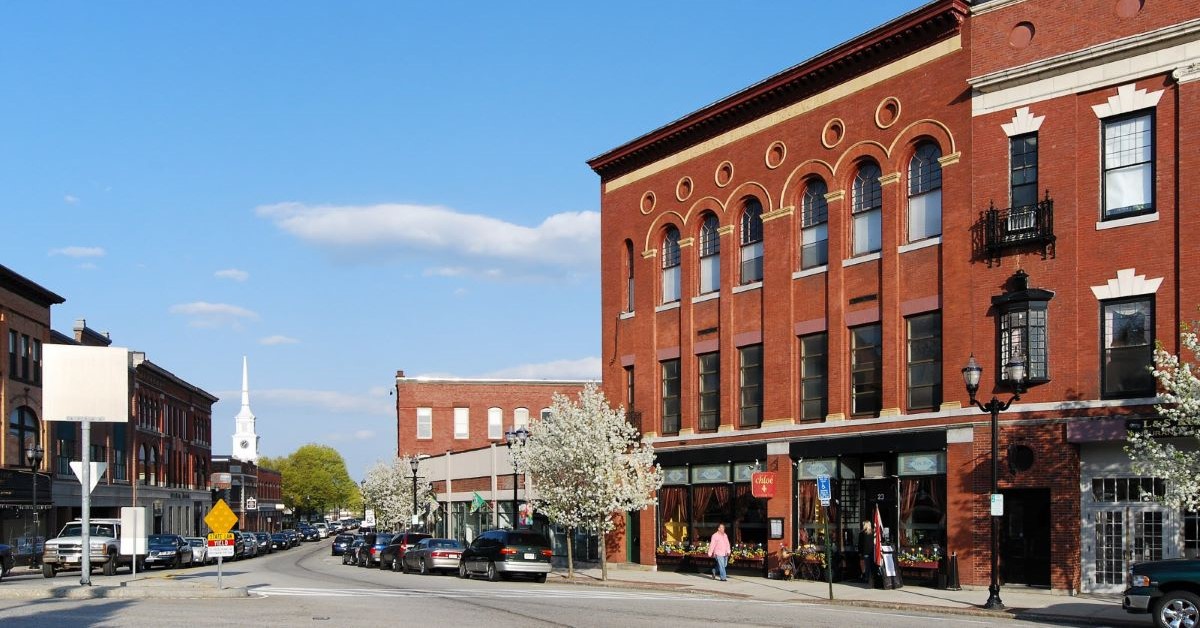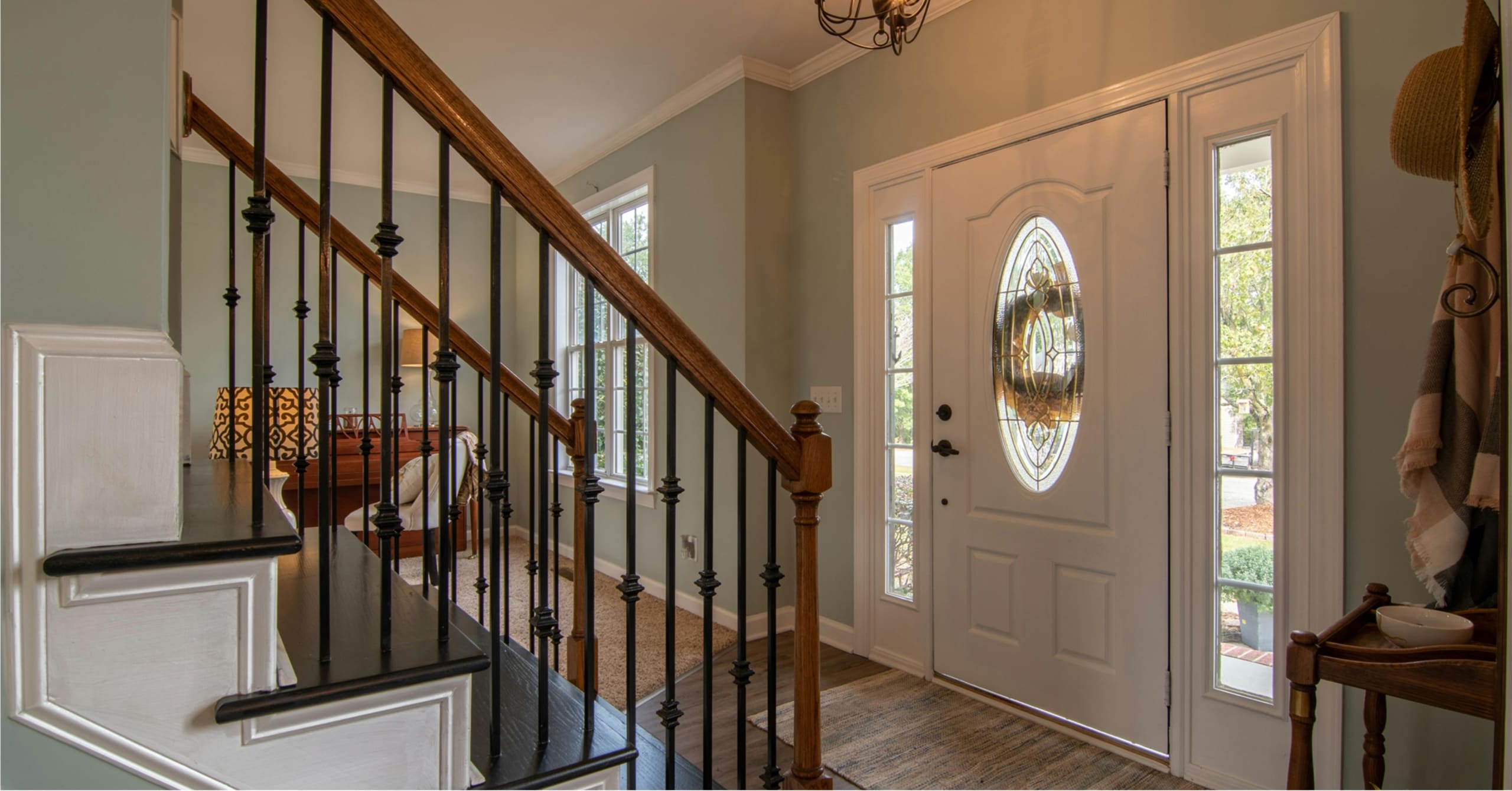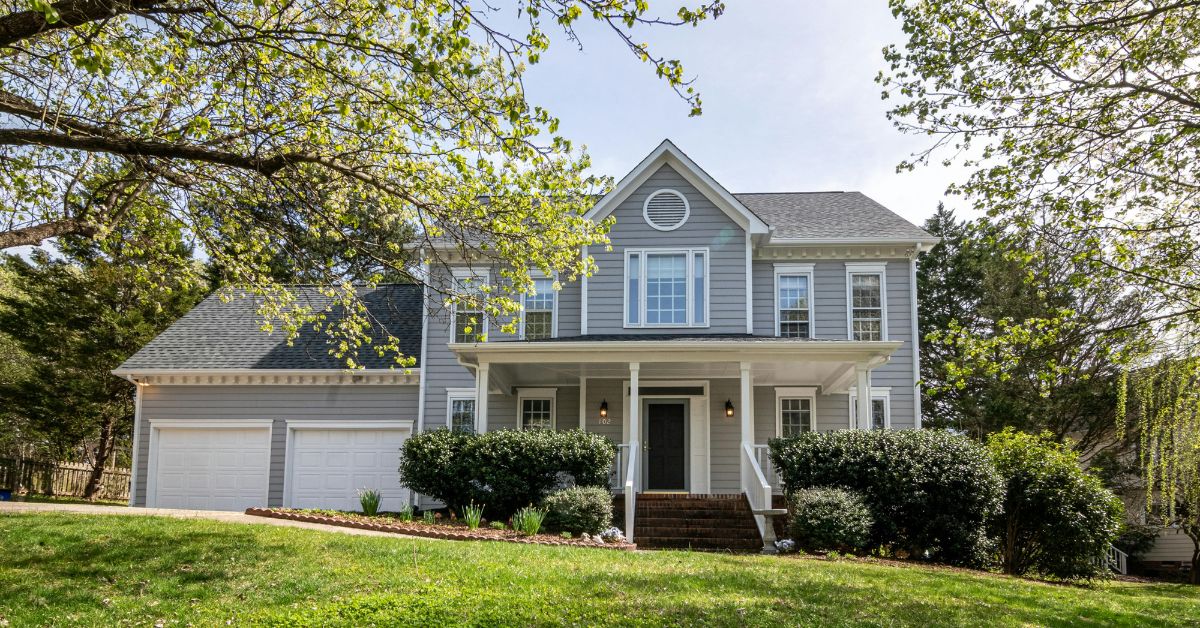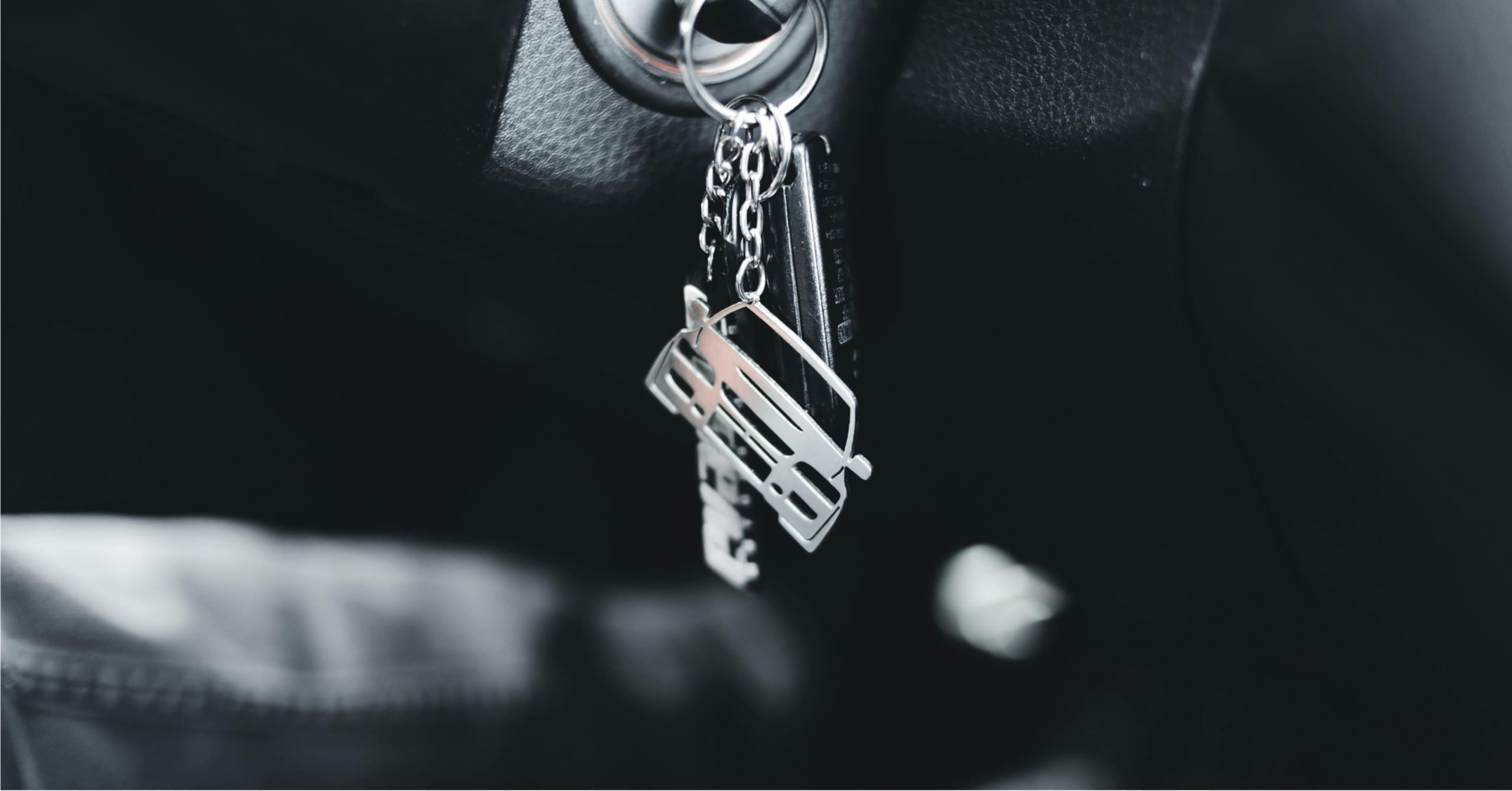This blog post completes our series on Consigning at Auction. We’ve covered the appraisal process, what to expect in an antiques appraisal, and auction schedules.
Auction Fees
Now, we’ll discuss auction fees, as this is often an area where many people have questions. Auction buyer fees and seller fees are the industry standard. The fees pay for the work that the auction house puts in to make sure your property reaches the best possible buying audience.
Buyer’s Premium Is Consistent
The buyer’s fee, or buyer’s premium as it is called, is a percentage that is added to the hammer price of an object. (The hammer price is the final value called out at the auction.) The buyer’s premium is always paid by the buyer, and it is never waived or reduced because doing so would be considered giving unfair advantage to one buyer over another. Buyer’s premiums will differ from house to house and generally range anywhere from 10%-25%. See Skinner’s Conditions of Sale for our buyer’s premium.
Seller’s Commission Is Negotiable
The seller’s fee is called a commission, and this can differ from seller to seller, anywhere from 0% to 25% of the hammer price of an object. Why such a broad range in fees? Unlike buyers, sellers are not competing against each other, and, simply put, great stuff drives the auction business. Bidders want to buy great objects, so auction houses want to sell great objects. And as a seller, if you possess something rare and beautiful, you’re in the driver’s seat. You can negotiate a lower commission than a seller with average goods, and even no commission at all if your item is exceedingly rare. If you are selling an entire collection, this can also warrant a lower commission. A seller’s commission rate is confidential between an auction house and the consignor. Again, all of this is standard practice within the industry.
Other seller’s fees might include nominal charges for photography of your item, insurance, transportation, or for special services such as restoration, cleaning, or the repair of an object prior to the sale. Your chosen auction house can walk you through their standard consignment fees and work with you on an appropriate rate for your property.
Auction Fees: You Get What You Pay For
When negotiating fees, remember that you get what you pay for. This is critically important in a service-oriented business where specific expertise is required, such as fine art & antiques auctions. Be wary of an auction house that promises to sell your objects for no fees at all. This could indicate a lower level of service, or be a tip-off that items of a similar caliber to yours don’t find their way to that house often. If they don’t often sell the material, they won’t know who the key buyers are and how to reach them, creating a potentially adverse effect on the hammer price at auction.
Why Choose Auction?
The auction process is thousands of years old. It’s a tried and true method to find the highest price for an object by creating competition in an open market space. You the consignor and the auction house are on the same side, both working toward ensuring that a valuable object realizes its potential. Now, what could be smarter than that?
Visit Our Homeowners Insurance Page
At Murphy Insurance, we take great care in assessing your options for homeowners insurance to ensure that you receive the most favorable value. Our dedication to serving you entails collaborating with highly-rated insurance providers and conducting comprehensive assessments of available choices. Our goal is to achieve the ideal equilibrium between affordability and coverage that suits your unique needs. Please let us provide you with a customized homeowners insurance quote.

